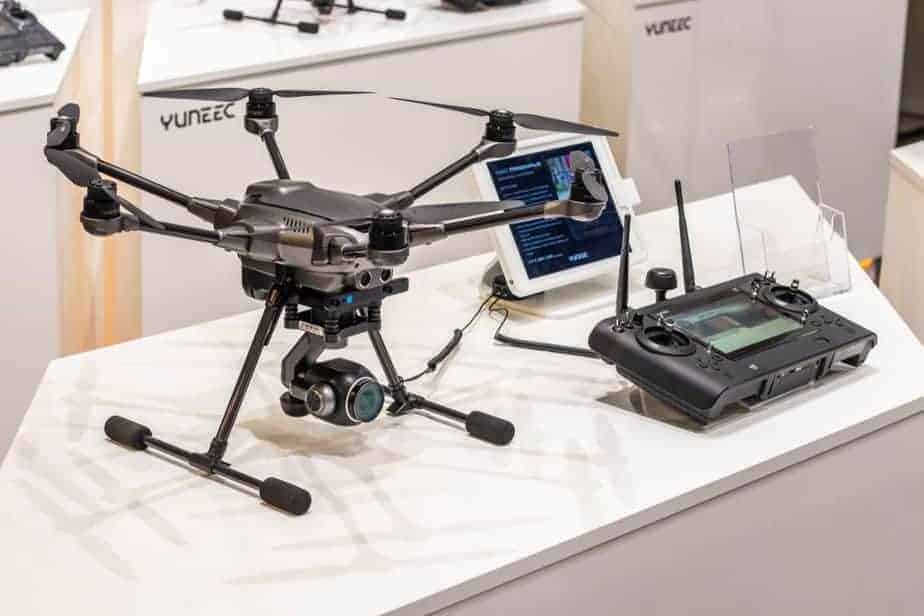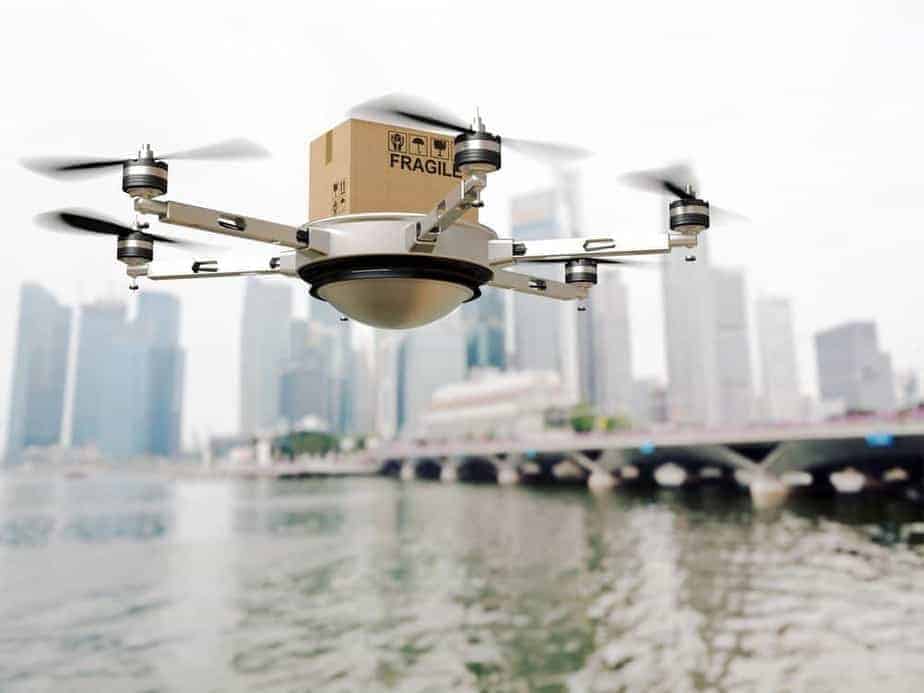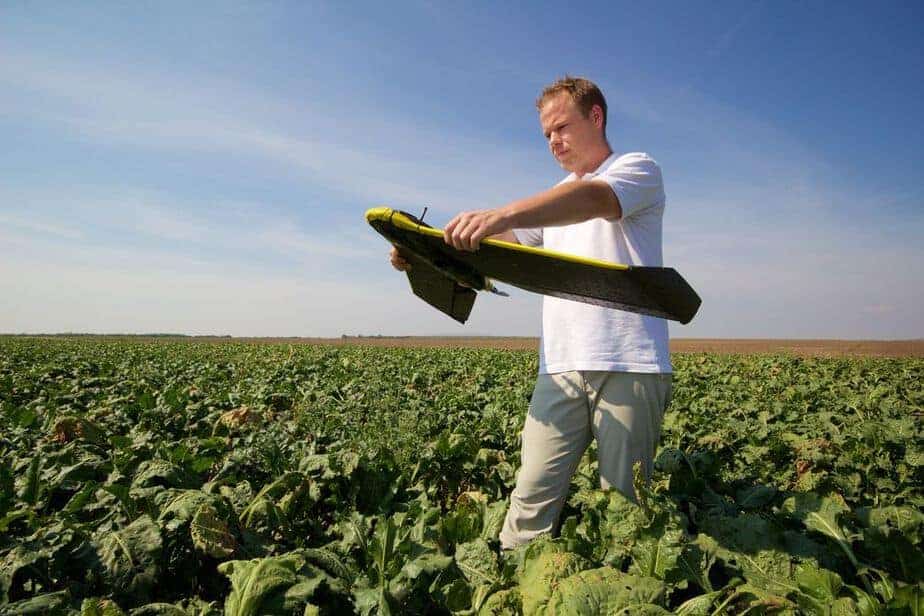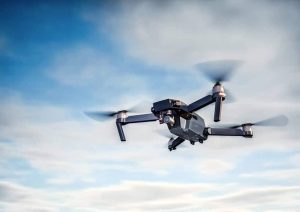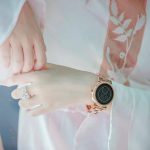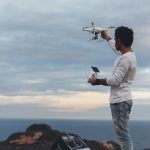Introduction
If you find your head wrapped in so much confusion about the different types and classifications of drones and you really just cannot figure them out, you have come to the right place. Drones have come a long way and have gone through waves of technological advancements with different brands developing their own version of what the ultimate drone should look like.
Today, it is no longer enough to just lump them under the same umbrella, you can now refer to them based on their specific attributes of functions. For instance, when shopping for a drone, in order to find the perfect one, you need to add a specific category or classification like selfie drone, racing drone, fixed-wing drone and so on. The drone industry has become so diversified that you can get a drone for almost any purpose for which you need it.
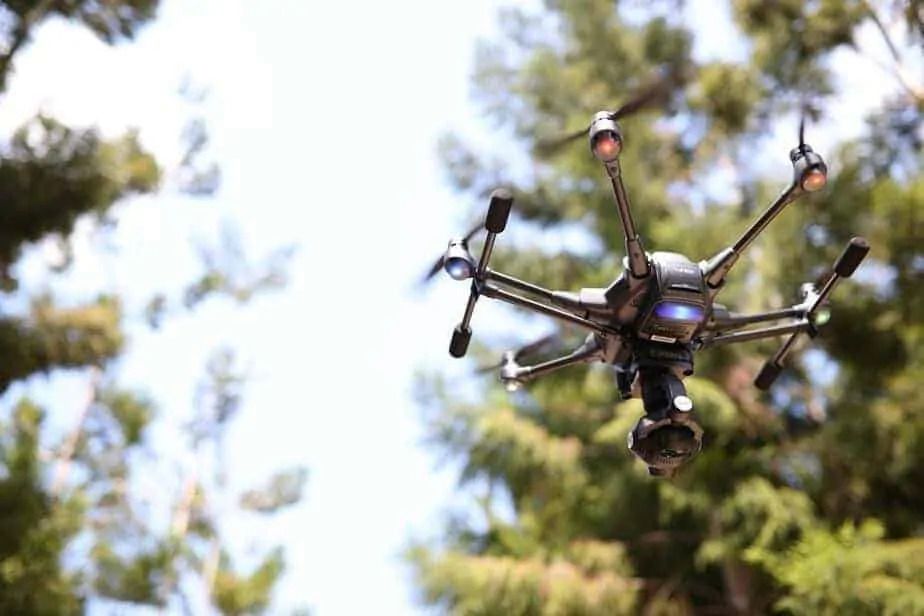
In this article, I am going to outline the various classifications of drones based on size, aerial platform, range, and abilities to help you understand the types of drones that you can find on the market.
Size
Drones come in various shapes and sizes, which can determine their performance and what type of activity or use they are best suited for. Here is a breakdown of types of drones according to sizes.
Very Small Drones
Drones do come in really small sizes, there are drones that are as small as a tiny insect, chances are you have seen one of those on Discovery Channel or some tech-related blog or tv show. These type of drones are referred to as nano or micro drones and are mostly used by the secret service as spy drones or by scientists for research. These nano drones are rarely available to the consumer drone market. They are designed to be able to maneuver in enclosed or tight spaces.
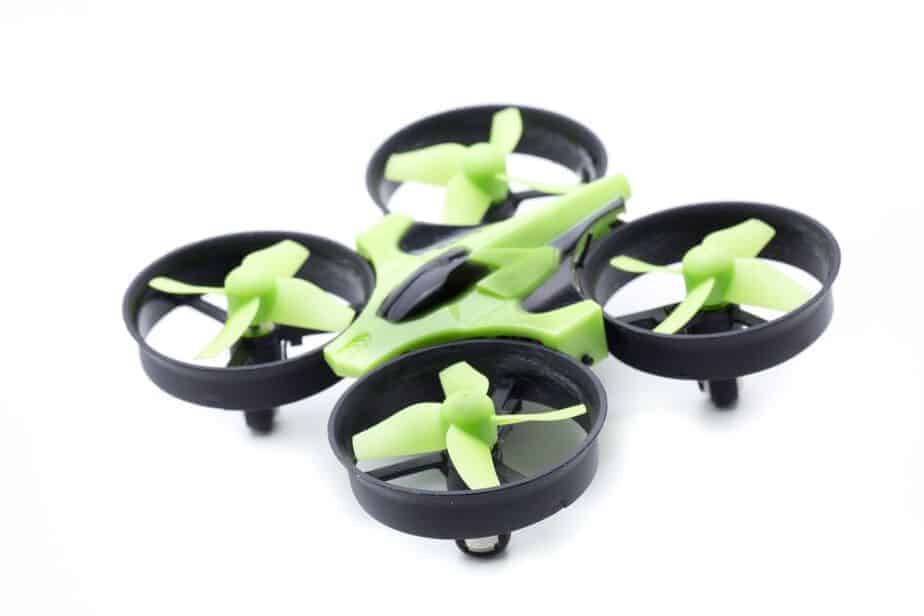
Small Drones
As you may have guessed these drones are bigger than micro drones but are still considered small. They are not bigger than 2 meters and they usually come with fixed wings. These small drones are very versatile and high powered, many models can be launched by throwing them into the air and they just continue from there. These type of drones are the most common types that you will find on the market and they usually have many abilities.
Medium Sized Drones
Medium sized drones are kind of in-between light aircraft and small drones, but large enough to need to people to carry as they could weigh as much as 200kg. These types of drones are designed for more specialized uses such as agriculture and the types Amazon uses for delivery.
Large Sized Drones
Drones of this size can get as large as small aircraft. You are more likely to find these drones in the military than on the shelf in an electronic or toy shop.
These types of drones are mostly used for military operations are often used in place of fighter jets. They are also usually used for surveillance purposes in enemy territory and are sometimes fitted with weapons. The cameras and technology found on these types of drones are way too advanced to be fitted on small or consumer drones.
Flight Range
The flight range of a drone simply refers to the distance it can cover away from the user or the controller. One of the key factors that are usually considered when buying a drone is the flight range, this makes it easy for the user to determine which best suits their needs.
Drones can fly anywhere from a few meters, say 40 meters (mini-drones and small quadcopters) up to 100s of kilometers like those military surveillance drones. The flight range of a drone is largely dependent on its energy source I.e battery power, gas or gasoline powered. Other factors such as the size, number of motors, also have an impact on the flight time of a drone. Most consumer drones such as DJI Mavic pro and Parrot ANAFI can go as far as a few miles and have a flight time of about 30 minutes. Usually, these drones can go as far you want them but you have to consider flying them back.
Close Flight Range Drones
Can go as far as 5km and they can only manage about 20 – 45 minutes in the air. Some can even last up to 6 hours in the air, allowing them to travel over a distance up to 50km, which is quite a lot. Most of your consumer drones belong in this category.
Short Flight Range Drones
Obviously travel a long distance and can be controlled over 150km. These drones are types that are being used for surveillance purposes.
Mid Flight Range Drones
Go a much further and can be controlled in a remote location. They are often equipped with powerful transmitters and are usually solar powered or use a renewable source of power. They are mostly used by scientists who study weather due to their capability to stay in the air for a very long time and have a flight range of up to 650km.
Aerial Platform
The aerial platform a drone is used to describe the method by which a drone flies in the air. They all do not obey the same principles or rules as they are fitted with different components which determine how they fly. There are 4 know aerial platforms in the drone world which are
- Multi Rotor Drones
- Single Rotor Helicopter
- Fixed Wing Drones
- Fixed Wing Hybrid VTOL
Multi Rotor Drones
You might already be familiar with the word “quadcopter” which simply means a 4 rotor drone. Quadcopters are the most popular drones in the market because they are the most applicable, they stable and extremely easy to fly compared to the other types. Beginners can master flying a multi-rotor drone in a shorter period than a fixed-wing drone.
Multi-rotor drones have a lot of advantages such as great stability, features like altitude hold, follow me, and are beat for GoPro or for photography. There are tricopters but are not so popular. Other multi-rotor drones such as hexacopters and octocopters are known to be used for lifting heaving cameras and gadgets, or for deliveries as they are being used by Amazon.
Single Rotor Drones
Single rotor drones look a lot more like helicopters. They share a lot of similarities in design and flight principles. Single rotor drones have a large rotor with a small rotor at the tail, which is used to steer the drone while it is in the air. Single rotor drones are more difficult to control considering they have a greater spin than quadcopters which are very stable. They fly for longer periods because they are energy efficient and do not have multiple rotors draining the battery.
Single rotor drones can be powered by gas fuel which enables them to remain in the air for longer periods.
Fixed Wing Drones
These are a completely different type of drone based on how they fly, design, as well as other factors. Fixed wing drones cannot stay on one spot in the air like single rotor drones or quadcopters; they need to constantly move in a forward direction, taking advantage of the wing and drag in order to stay in the air. They do not require much energy to stay in the air like quadcopters, which are constantly battling gravity. They basically glide through the air changing course as it is being controlled by the user.
These type of drones are perfect for mapping or surveillance uses since they tend to last several hours in the air. However, there are smaller models/ consumer models which are battery powered and come I’m small sizes. They can be launched by throwing them in the air or even take off just like airplanes do. The downsides of the fixed-wing drone are that they are more difficult to fly and need a lot of experience, they are no easy to land as they need a parachute or a net to catch; some, however, can land on a field of grass.
Hybrid VTOL Drones
Hybrid drones combine the attributes of fixed winged drones and rotor models, which translates to higher-flying time and ability to hover in the air. This drone concept has been around for quite some time(the 1960s) and tested on nervous occasions without substantial progress. Hybrid drones now use a combination of advanced technology like gyros, sensors, and accelerometers.
Hybrid VTOL make use of both manual guiding and automation. The accelerometers and gyros are responsible for the autopilot which keep the drone stable in the air. The drone can be guided to your desired course using remote or programmed control, or by manual control. One popular example of the hybrid VTOL drone is the one used by Amazon for its prime delivery service.
Ability and Equipment
Drones are now capable of performing different activities, they have become more than toys that you fly at your backyard when you are bored. Today, there is a drone for a thing or the other, which makes it even a lot easier to know what drone is the best for what you bend it for.
Racing Drones
These type of drones are specially designed for racing, they rely on their speed and aerodynamics in achieving really high speeds. Racing drones cam go for as fast as 40km/h to as high as 120km/h.
They come as ready-to-fly (RTF) or racing kits. RTF racing drones are basically racing drones that are ready right out of the box and do not require any assembling, while racing kits allow users to assemble the drone to their taste.
Camera Drones
These are your regular drones that come fitted with a camera. Some drones are equipped with high-quality cameras that can shoot 4K professional quality videos and images. Selfie drones fall under this category, but selfie drones are usually compact and portable, and come with a mutated intelligent flight features like follow me, altitude control, and many more.
FPV Drones
These drones are equipped with cameras that let users enjoy a first-person viewing i.e. users are able to view exactly what the drone is recording as though they watching in real time. This type of drones basically lets you sit in the cockpit.
GPS
More drones are being equipped with GPS because they help users capture their specific location info on the go. You can set a desired location on the controller and the drone will fly there and do what you want it to do like record videos or capture images. Delivery drones use this feature to make deliveries. The great thing about this feature is that it males drones extremely stable.
Autonomy
Drones don’t carry a pilot and are referred to as unmanned aerial vehicles, so they get to have a certain level of autonomy to fly. However, there is a difference between autonomy and automatic.
Automatic Drone
An automatic drone cam be pre-programmed to perform a specific task on its own. The automation is a combination of other factors including automatic flight stabilization.
Autonomous Drones
An autonomous drone usually comes with features such as obstacle avoidance, which allows drones to use their discretion in avoiding obstacles before them. Some drones are programmed to return to home once they travel a certain distance or when their batteries are almost drained.
Conclusion
I hope that you enjoyed reading our guide to the types of drones based on different categories and specifications. This article is a great piece for beginners who are venturing o to the world of drones and do not really u understand the buzzwords that are being thrown about.
Has this article been helpful? Please tell us what you think in the comment section. Also, feel free to share this article with your friends and across your social platforms.

